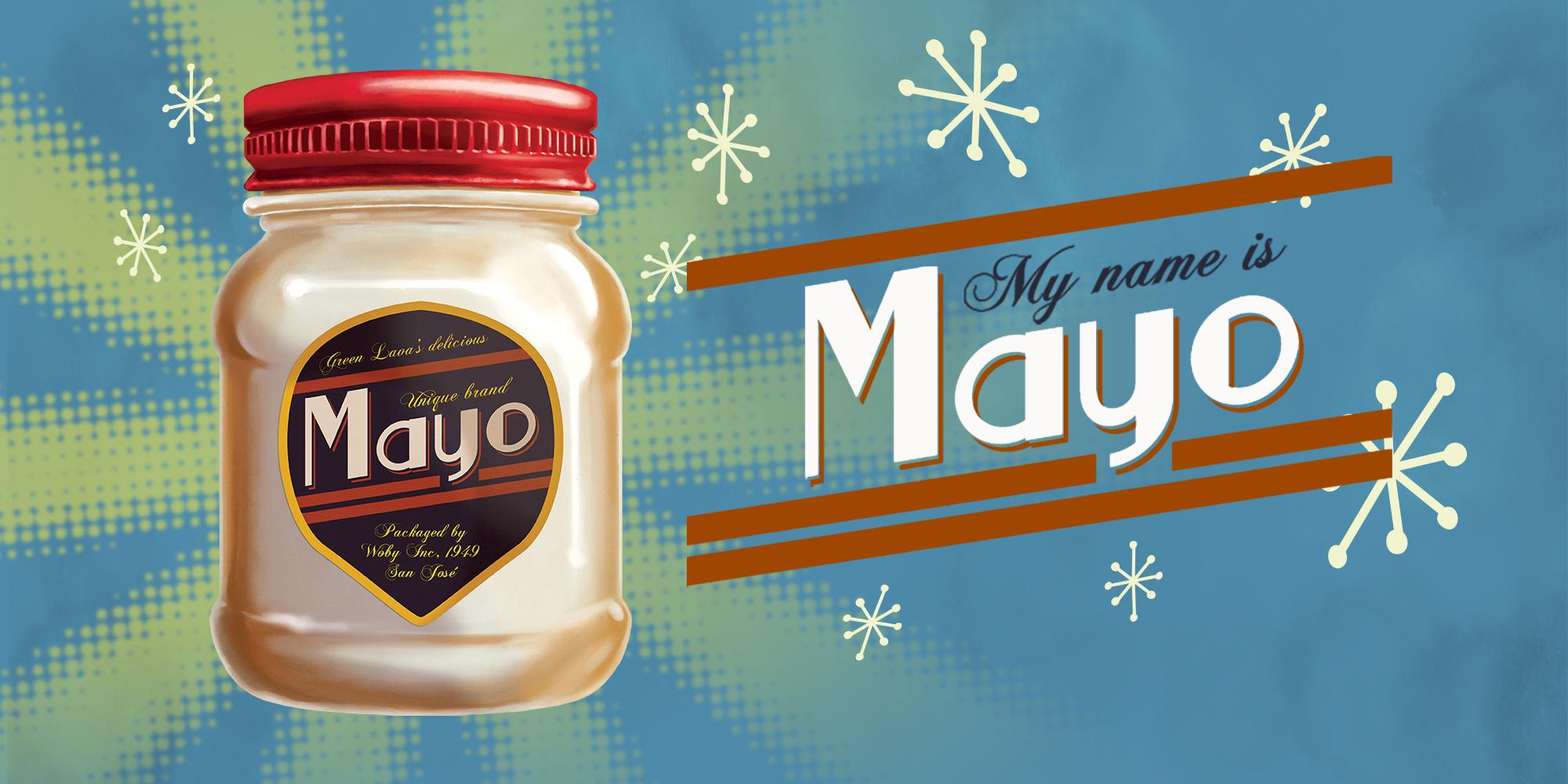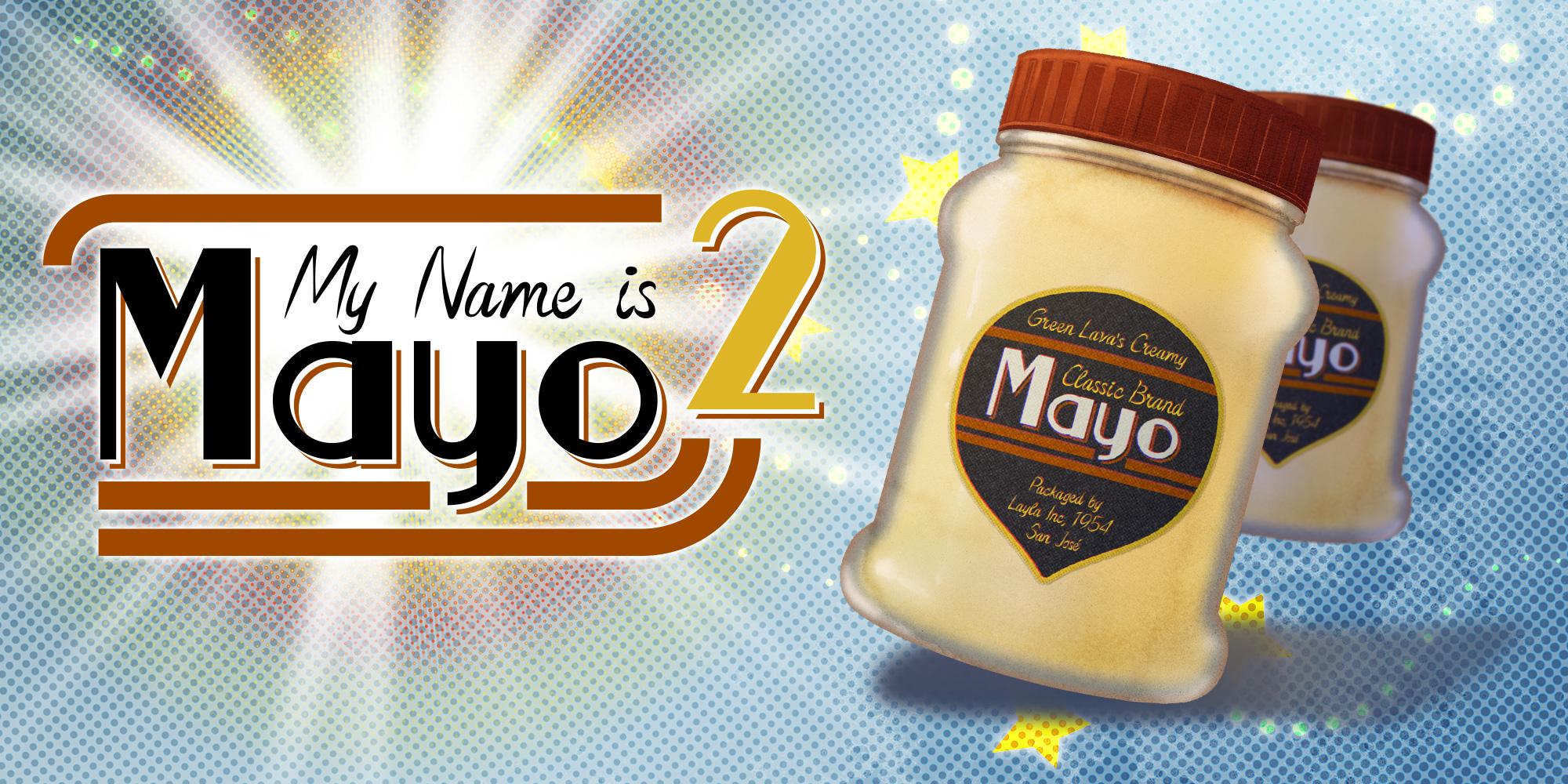In a move that has left many scratching their heads, the infamous trophy hunting game ‘My Name is Mayo’ has been remastered and re-released, reigniting the fervor surrounding this 2015 cult classic. Originally an unassuming clicker game, ‘My Name is Mayo’ gained notoriety for its quirky charm and unwavering dedication to its singular goal: the accumulation of trophies. With the passage of time, one would assume this curiosity’s novelty would wear off, but its enigmatic resurgence brings an intriguing question to the table – what prompts a remaster of such a nostalgic oddity? As we delve into the mystifying world of ‘My Name is Mayo Replayed,’ we’ll try to unravel the enigma behind this inexplicable revival, and what the gaming community can expect from this re-release that promises to do it all again – but better.
Trophy Hunting Games Then and Now
The world of trophy hunting games has significantly evolved over the years, transitioning from a niche genre to a broader, more diverse gaming landscape. With the rise of indie game development and evolving technologies, modern trophy hunting games have become more immersive, graphically stunning, and challenging. The earliest games in the genre, such as the classic Deer Hunter and Cabela’s Big Game Hunter, introduced players to simple, yet engaging experiences that sparked the interest of hunting enthusiasts and non-hunters alike. As the genre progressed, new features, complexities, and realistic simulations were incorporated to provide players with a more authentic and demanding experience.
| Classic Features | Modern Features |
| Basic visuals and soundtracks | Realistic environments and immersive sound design |
| Linear gameplay and simple hunting mechanics | Open-world exploration and complex hunting dynamics |
| Single-player only experience | Multiplayer modes and online hunting communities |
Notable modern trophy hunting games like Far Cry Primal, Red Dead Redemption, and theHunter: Call of the Wild have pushed the boundaries of storytelling and game design within the genre. With their engaging narratives, extensive customization options, and photo-realistic graphics, modern trophy hunting games have established a strong foothold in the gaming industry. The remastered release of My Name Is Mayo serves as a nostalgic throwback to the genre’s humble beginnings, providing players with a juxtaposed look at how far the genre has evolved over the years.
Finding the Original Charm in My Name Is Mayo
Beneath the surface of its seemingly nonsensical premise, _My Name Is Mayo_ had a peculiar charm that drew in players. This remastered version does its best to recapture that essence, presenting the same quirky humor and intentionally-bizarre experience that made the original so endearing. However, some of the magic has inevitably been lost in translation. A prime example is the now cringe-worthy live-action cutscenes featuring a talking jar of mayonnaise – which now feel awkwardly outdated, especially when compared to modern gaming standards.
To truly find the original charm in the game, one has to look beyond the dated graphics and cringeworthy cutscenes. The real magic lies in the numerous absurd trophies that can be earned throughout the game. These range from incredibly easy to downright bizarre, making for a lighthearted and entertaining experience.
| Trophy Name | Description |
|---|---|
| Awarded for completing all levels and earning all trophies. | |
| Clicker Extraordinaire | Earned for clicking 100 times in under 10 seconds. |
| The Ultimate Mayo Fan | Awarded for completing all Mayo-themed challenges. |
The trophies have a way of elevating the overall experience, transforming it from a shallow game about clicking on a jar of mayonnaise to a tongue-in-cheek commentary on the nature of trophies and gaming culture. While not everyone will find the humor or absurdity to their liking, for those who do, _My Name Is Mayo_ offers a quirky experience that has managed to stand the test of time.
Remastering a Cult Classic Was Not the Priority
While fans of the quirky trophy hunting game My Name Is Mayo may have been thrilled to hear about its remastered version, one cannot help but wonder if this move was really necessary. After all, the game’s cult following has always been built around its offbeat humor, charming characters, and absurd storyline, not its graphics or sound quality. The original game’s retro aesthetic and MIDI soundtrack were actually part of its charm, and it’s hard to see how improved graphics and sound would have significantly enhanced the overall gaming experience.
It’s also worth noting that the game’s remastered version doesn’t seem to bring anything new to the table in terms of gameplay or features. If anything, it feels like a missed opportunity to revisit the game’s mechanics, add new levels or characters, or even include some sort of director’s cut or behind-the-scenes content. Instead, we’re left with a polished but ultimately unnecessary facelift. Here are some of the changes that would have made more sense:
- New gameplay modes or features, such as a level editor or multiplayer mode
- Additional storylines or characters, to flesh out the game’s quirky world and cast
- Behind-the-scenes content, such as concept art or developer commentary
| Category | Original Game | Remastered Version |
|---|---|---|
| Graphics | Retro aesthetic | Updated HD graphics |
| Soundtrack | MIDI soundtrack | Improved audio quality |

Graphics and Soundtrack Overhauls for Modern Consoles
One of the most significant updates to the game is the complete graphics overhaul, breathing new life into the quirky world of Mayo. Gone are the dated, pixelated visuals, replaced with vibrant, colorful environments that are a feast for the eyes. Characters and objects have been completely remade, with intricate details and textures that shine on modern consoles.
The game’s soundtrack has also been remixed and remastered, boasting a fresh and catchy score that perfectly complements the on-screen action. From the jaunty tunes of the menu system to the wacky sound effects of Mayo’s interactions, every audio element has been lovingly reworked to create an aural experience that’s just as charming as the visuals. Key features of the revamped graphics and soundtrack include:
- Improved Lighting and Shading: Realistic lighting effects that add depth and atmosphere to the game world.
- New Character Models: Overhauled character designs with detailed textures and animations.
- Enhanced Sound Effects: Wacky, humorous sound effects that bring Mayo’s world to life.
- Retro-Style Soundtrack Remixes: Fresh takes on the original tunes, blending nostalgic charm with modern flair.
| Graphics Comparison | Original (PS Vita) | Remastered (PS5) |
| Resolution | 640×480 | 1080p (60 FPS) |
| Texture Quality | Low | High |
| Lighting Effects | Basic | Realistic |

What Made My Name Is Mayo a Hidden Gem in the First Place
My Name Is Mayo’s original underground charm can be attributed to its subtle release and minimalist approach, taking many by surprise in the process. At the surface, the game is an excruciatingly mundane experience of clicking endlessly on a mayonnaise jar to gain quick trophies, while exploiting the PlayStation’s trophy system for effortless completion – a bold, unorthodox approach that sets itself apart from traditional games.
The game’s ingenious concept thrived in fostering an eccentric community around it. What at first seemed idiotic turned out to be the genius behind the operation – anyone could platinum this, effortlessly. The following lists highlight some aspects that brought this offbeat experience to the forefront, turning it into a cult classic:
- Community Appreciation
- Accessibility
- Quirky and Simple Concept
| Game Breaking Feature | Trophy Exploitation System |
| Target Audience | Trophy Hunters & Non-Conformists |
Exploring the Gameplay Mechanics in the Remastered Version
One of the major questions surrounding the remastered version is whether it has improved upon the original gameplay. My Name Is Mayo is known for its repetitive and straightforward mechanics, which players either love or love to hate. However, upon closer inspection, the remastered version has introduced some minor but notable tweaks.
The most obvious change is the Rewards System. Upon completing specific trophies, players are rewarded with:
- New Mayo-themed items to customize their Mayo jar
- Exclusive Mayo outfits and accessories
- Unlockable special edition Mayo jars
This new system breathes some much-needed life into the repetitive gameplay, providing a satisfying reason to continue collecting trophies.
| Pros | Cons |
| Sharper visuals, bringing the world of mayonnaise to life like never before. | Gameplay remains unchanged, which might feel stale for veterans. |
| Steam achievements and trading cards for those who collect them. | No new gameplay mechanics or storylines to explore. |
If you’re one of the few who fell in love with the quirky charm of My Name is Mayo the first time around, you might find some fleeting joy in the upgrades. But if you were already underwhelmed, there’s little here to change your mind.
Delving into the History of the Original Games Creation
My Name Is Mayo initially emerged as a niche title, catering to those seeking an odd experience. Developed by Green Lava Studios, the game released in 2015 as a peculiar PlayStation Vita exclusive. It joined a lineup of quirky titles for the handheld console, making full use of its touchscreen functionality. This seemingly offbeat creation paved the way for later Vita games with quirky elements.
Delving into its core concept, the game reveals an unusual formula. Mayo’s key objective is centered around gradually increasing the protagonist Mayo, pressing the screen to earn trophies, rewarding dedication and fortitude for such an uncomplicated but extremely difficult task.
Key game features:
- Over 50 trophies aimed at specific mayonnaise-filled jar collection achievements
- Tap-to-play intuitive design catering to Vita’s touchscreen interface
- Peculiar premise which ignited conversation in gaming forums and discussions
| Game Developer | Platform | Release Date |
|---|---|---|
| Green Lava Studios | PlayStation Vita | November 2015 |

Comparing Classic Trophy Hunting Games to Modern Counterparts
The art of trophy hunting in video games has undergone significant transformations over the years. The likes of Deer Hunter and Big Game Hunter pioneered the genre, while more modern titles such as The Hunter: Call of the Wild and Way of the Hunter have elevated it to new heights.
What makes modern trophy hunting games stand out?
- Immersive storytelling and character development
- Realistic graphics and sound design
- Authentic hunting mechanics and strategies
- Online multiplayer features and leaderboards
| Classic Trophy Hunting Games | Modern Counterparts |
|---|---|
| Deer Hunter (1997) | The Hunter: Call of the Wild (2017) |
| Big Game Hunter (1998) | Way of the Hunter (2022) |
| Cabela’s Big Game Hunter (2002) | Monster Hunter: World (2018) |
In Retrospect
As we bid farewell to the re-emergence of My Name is Mayo, one question lingers: what’s next? Will we see a revival of other quirky classics, or will Mayo remain an oddity in the world of gaming? Regardless, it’s undeniable that this remastered cult classic has brought a dash of nostalgia and unpredictability to the gaming landscape. Whether you choose to partake in the pleasures of condiment-themed trophy hunting or simply observe from a distance, one thing is certain: My Name is Mayo is back, and its unapologetic weirdness is as endearing as ever.






